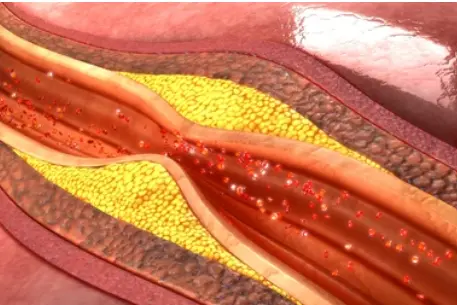 Welcome
Welcome
“May all be happy, may all be healed, may all be at peace and may no one ever suffer."
Aid in diffusion of local anesthesia in ophthalmology - Generics
The use of local anesthesia in ophthalmology is essential for many surgical procedures, including cataract surgery, glaucoma surgery, and retinal surgery. To ensure effective anesthesia and reduce patient discomfort during these procedures, it is important to facilitate the diffusion of the local anesthetic to the target tissue.
Several methods can aid in the diffusion of local anesthesia in ophthalmology, including:
- Use of a vasoconstrictor: The addition of a vasoconstrictor, such as epinephrine, to the local anesthetic can help to reduce blood flow in the target tissue, allowing the anesthetic to remain in the area longer and provide more effective anesthesia.
- Use of hyaluronidase: Hyaluronidase is an enzyme that can help to break down the extracellular matrix in the target tissue, facilitating the diffusion of the local anesthetic. It can be added to the local anesthetic solution or injected separately before the local anesthetic.
- Massage of the area: Gentle massage of the target area after injection of the local anesthetic can help to spread the solution throughout the tissue and increase its effectiveness.
- Patient positioning: Positioning the patient in a specific way can help to distribute the local anesthetic to the target tissue. For example, for retrobulbar anesthesia (used for eye surgery), tilting the head down and to the opposite side of the injection site can aid in the diffusion of the anesthetic.
It is important to note that the use of local anesthesia in ophthalmology requires specialized training and should only be administered by trained professionals in a clinical setting. The specific method used to aid in the diffusion of local anesthesia may vary depending on the procedure and the patient's individual needs.

Atherosclerosis

Short bowel syndrome

Jock itch

Zollinger-Ellison syndrom...

Malignant Hypertension

Chlamydial cervicitis

Photoaging

Cortical myoclonus
Aid in diffusion of local anesthesia in ophthalmology, চক্ষুবিদ্যায় স্থানীয় অ্যানেস্থেশিয়ার বিস্তারে সহায়তা
To be happy, beautiful, healthy, wealthy, hale and long-lived stay with DM3S.